Today’s collection is series of Works Progress Administration (WPA) posters showing global historic dress. There were a few of these posters hanging in my childhood home, but they somehow never registered as “ephemera” to me until recently, when my sister bought a new one for my dad (Asiatic Plate No. 39: Chinese Nobility) as a Christmas gift. This naturally led me down a rabbit hole of municipal library websites to try and find more entries in the series. Though the ones in our house were published by the Connecticut WPA, large-scale (around 3 feet tall), and screenprinted in 6-7 colors, it turns out similar costume plates were produced in many states (here’s some from Kansas) and in a variety of sizes and styles—including the ones seen here, from Pennsylvania, which were small scale, printed in black and white, and then hand-tinted. In addition to regional folk attire, there were also plates made for military regalia, ecclesiastical vestments, and theatrical costume. There were also dolls.
The very existence of the WPA—an American agency that provided work for thousands of unemployed artists during the Great Depression—is sort of an incredulous idea in this day and age. It reminds me of the ongoing joke that if libraries had never existed, and were proposed today, they would be rejected for being “too socialist.” The Museum Extension Project arm of the WPA, who are behind these specific plates, focused on producing historic models, puppets, illustrated plates, and maps for use in school districts, especially those with limited access to museums. In an age of AI and general debasement of the humanities, it is nice to imagine a time when our country was expanding access to the arts rather than cutting school budgets for music classes.
It goes without saying that these posters, while beautiful, often depict Western and non-Western cultures in markedly different ways, with the latter frequently “othered” or exotified through stylized poses, attire, and cultural framing. I often wrestle in this newsletter with whether to exclude material that may be offensive by today’s standards (sharing a set that skews very white and European as a result) or to include pieces that, while problematic, offer a broader view of the archive. I always try to make a selection that strikes a balance between these poles, but I always encourage you to explore the linked archives at the bottom to see more examples—in this case, keeping in mind the reliance on outdated stereotypes and the fact that only Western cultures are given full historical narratives (everyone else is relegated to “Asiatic plates.”) Despite these shortcomings, these costume plates offer an interesting snapshot of how global cultures were perceived and represented in the early 20th century.
This month’s featured archive is From Old Books, a charmingly web 1.0 era website of, well, scans from old books. Great for engravings, ornamental alphabets, and various hellscapes.
I try to mostly keep this newsletter focused on Casual Archivist™ content, but this year was a good one. So, if you’ll indulge me, I can’t resist including a little recap:
It was my first full year as a columnist at It’s Nice That. That comprised 14 columns (including the most read piece of the year on the site, my column on AI and taste), one feature, one interview, three commissions (on creative labor politics, board games, and the branding of cultural CPG) and a lot more behind the scenes. I also wrote articles about car window iconography, the ethics of cereal branding, and the aesthetics of online Catholicism, as well as the opening essay for the Type Director’s Club Annual. I was quoted in Fast Company about Chads and professional design clubs, in Dwell about brand campaigns shot in houses, and in the New York Times about bumper stickers and gift guides. I sent out seven Casual Archivist newsletters.
I spoke about design at the Birmingham Design Festival in the UK, Design Thinkers in Toronto, Parsons Communication Design Lecture Series in NY, Springfield Creatives at Missouri State University, and online with AIGA and Aprender. I hosted four It’s Nice That Nicer Tuesdays with Jessica Hische, Hassan Rahim, Quil Lemons and Talia Cotton. I taught one class at RISD, Design Studio 1 (a core curriculum class for sophomore graphic design majors).
I designed a new identity for the Century Association Archives Foundation (I work with a lot of archives but this was my first time actually working for one!), a cookbook zine for
, branding for my favorite ice cream maker in Providence, and a campaign for luxury nightwear brand Dorso. I also worked on lots of stuff that I can’t share yet—that list includes a new fintech product I can’t wait to use, a very fun sourdough startup, a historically inspired jewelry brand, and a ton of boardgames. I also did stints with Mythology, Interbrand Cologne, Parker, Pentagram, Wide Eye, and Moniker. I also won Young Guns in November!I don’t have any proper resolutions, but I got a springform pan for Christmas and look forward to trying to dupe Oberlin’s Basque cheesecake. I am also trying to (finally…) learn to drive. Advice accepted. Work-wise, I am looking to bring on a part-time project manager to support my design practice in the coming year. I’ll put out a more formal call about that here in the future, but I’m planting the seed now in case anyone reading this happens to already have a resolution to become a part-time project manager ; )
I am so grateful to all of you who read this newsletter and follow along with my work in any capacity. I feel very lucky to get to do what I love and have so many people to share it with! Until 2025 <3







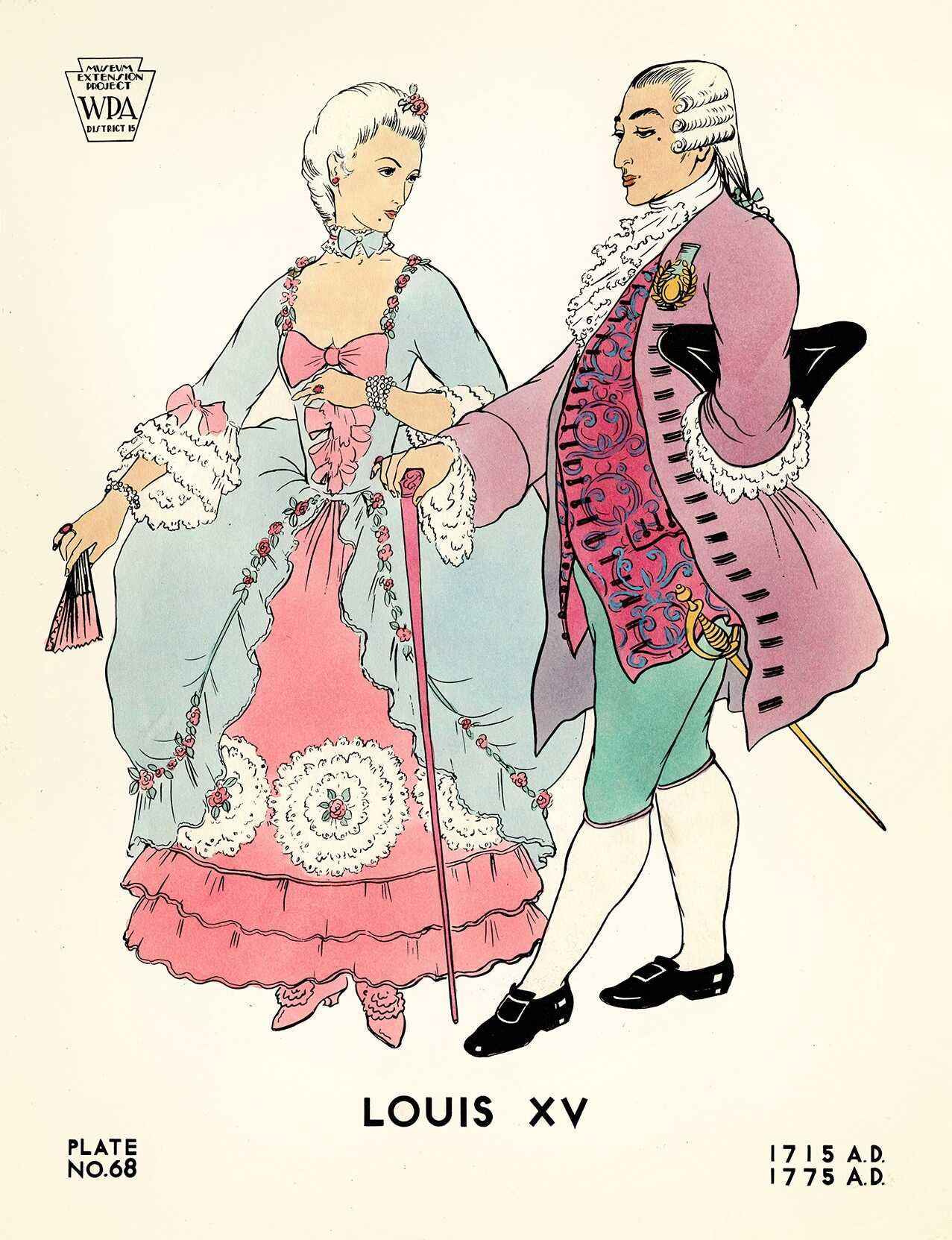

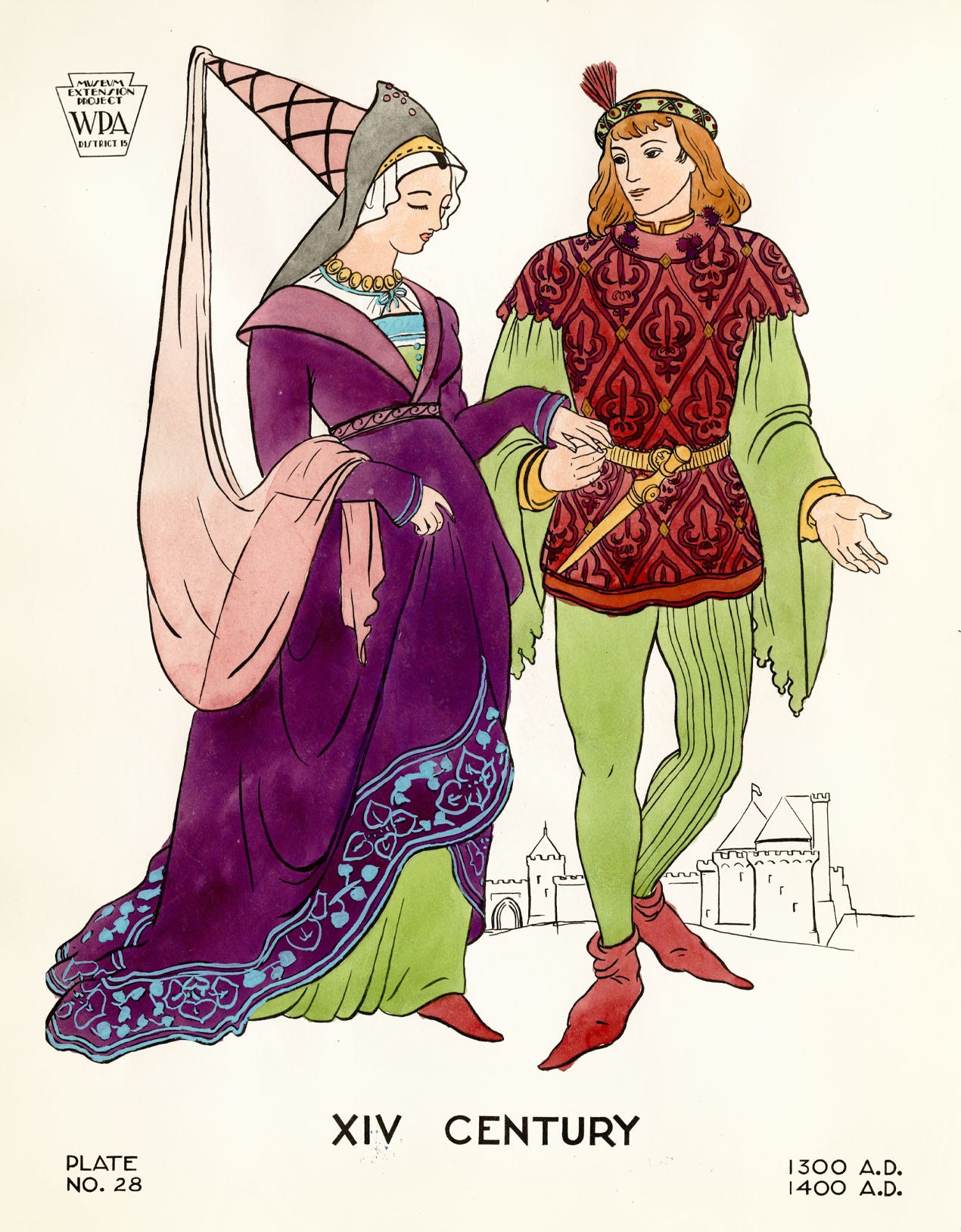
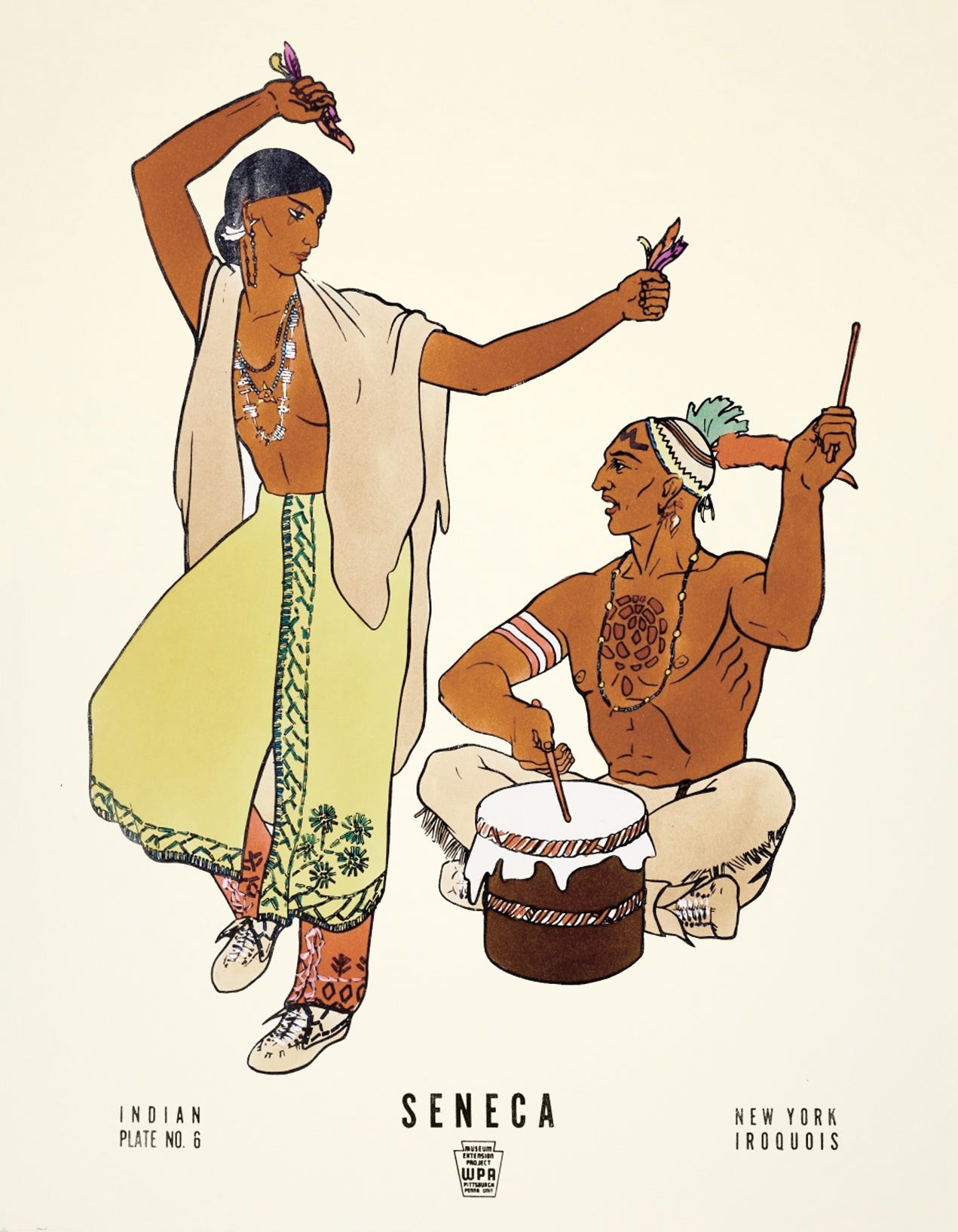

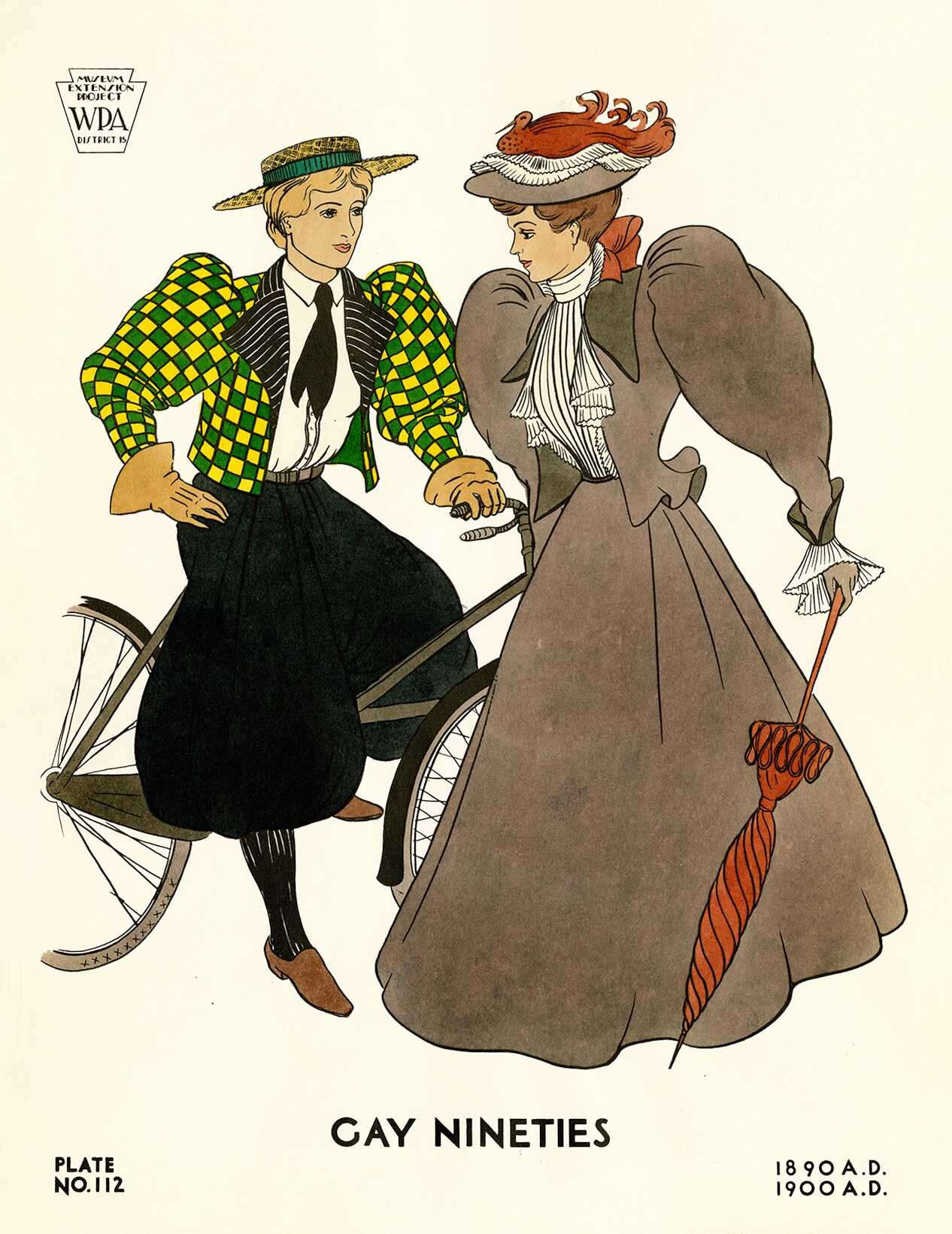

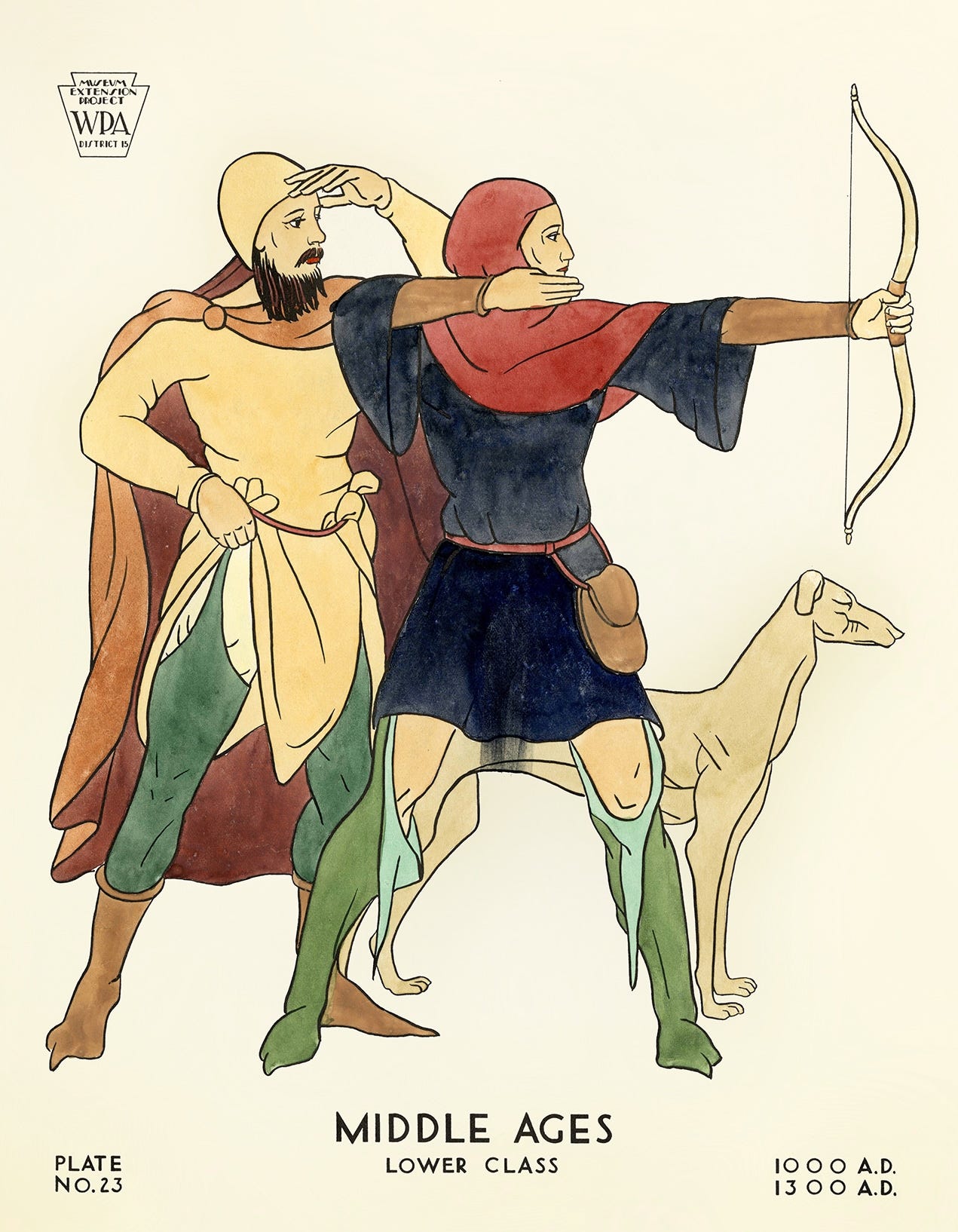


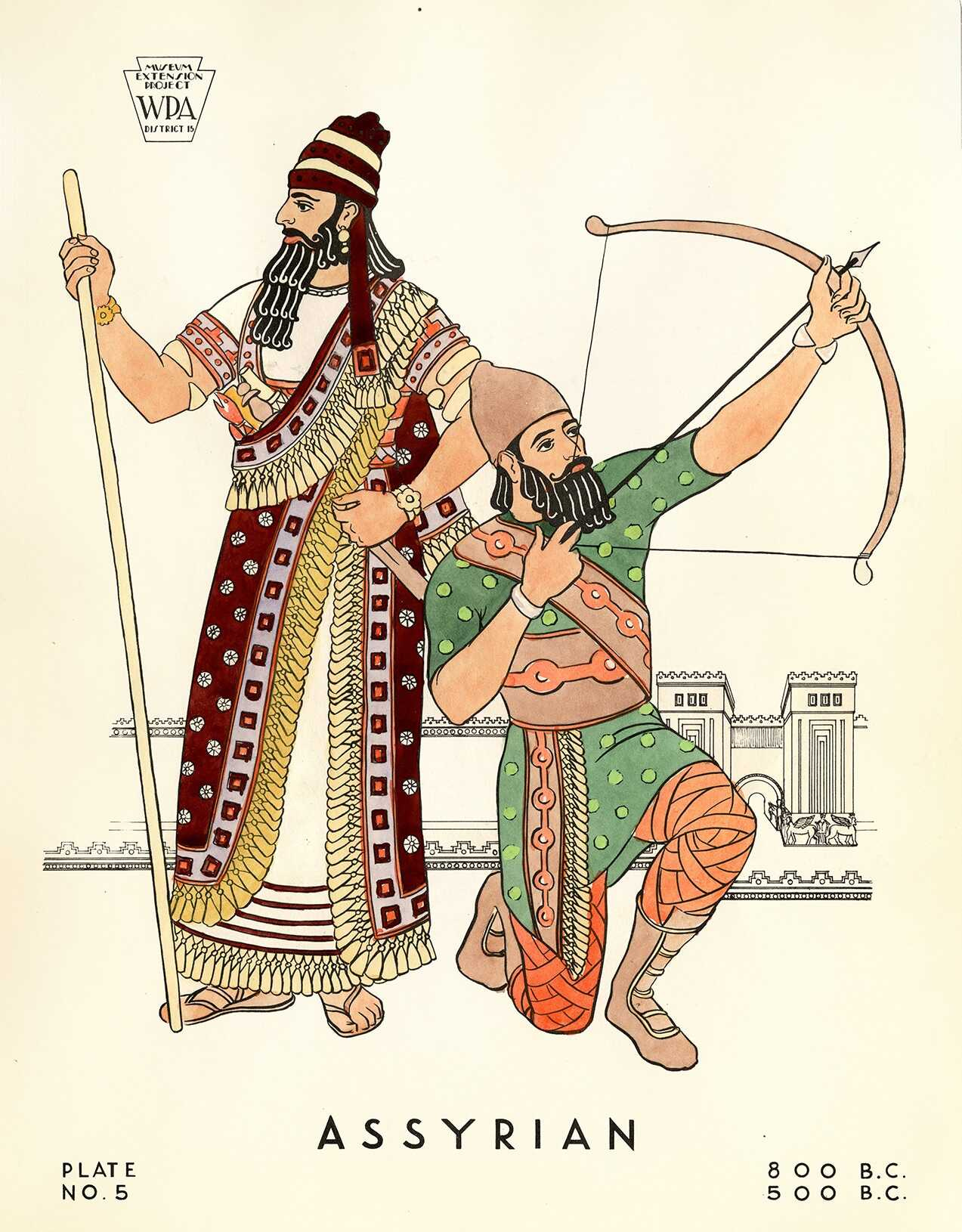

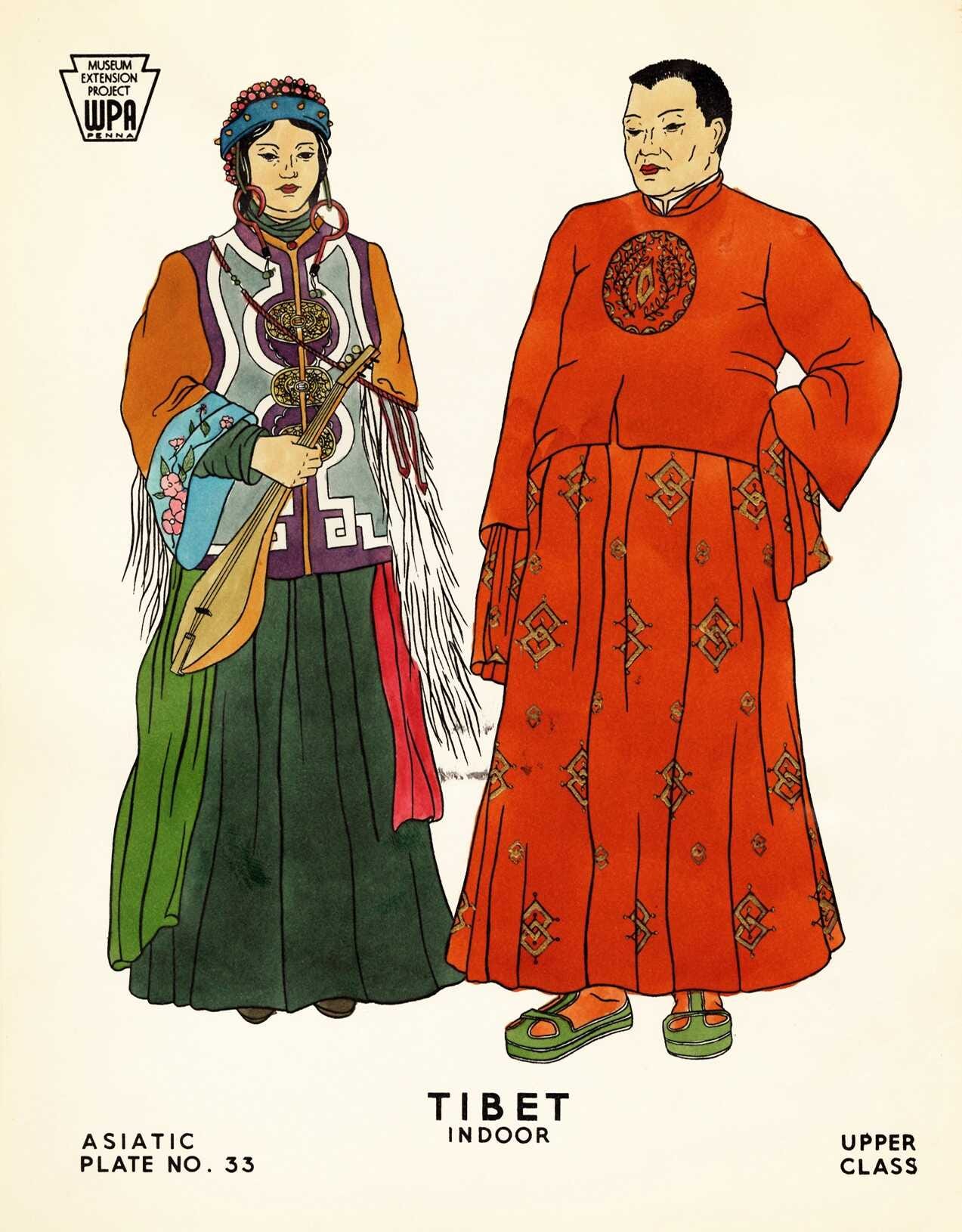

Please note GAY NINETIES
When I learned to drive, I took a defensive driving class through Skip Barber race tracks after I officially had my license. It was scary at the time (I am an anxious person generally) but I have consistently found the skills I learned very useful.